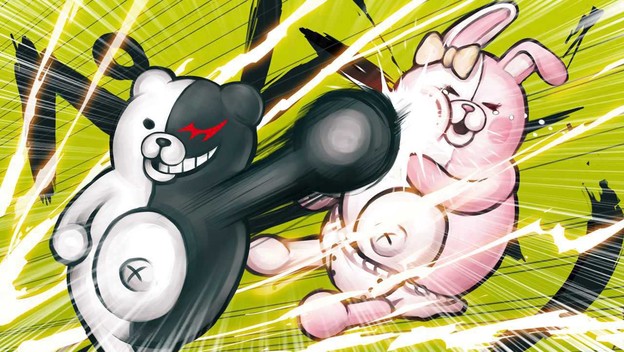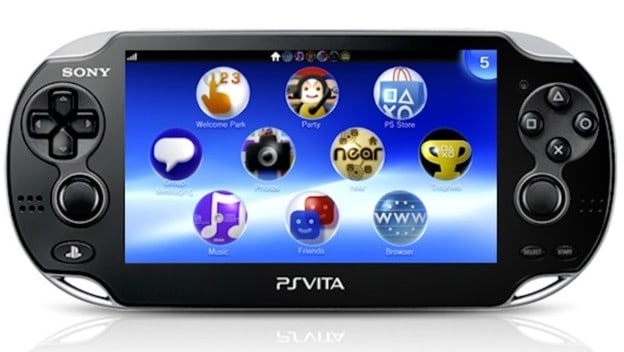The PS Vita is the underdog in the handheld console competition. While by all accounts it is the more powerful system in terms of graphics and sheer processing power, it simply doesn’t appeal to people the way the 3DS does and only sells only a fraction of the units that the 3DS sells. Still, the Vita does excel in other places, namely filling any possible niche that isn’t included in mainstream gaming. If you are the type of gamer that has any sort of weird or eccentric tastes, then the Vita will happily be the handheld for you. It has adopted the identity of the console for hardcore gamers, importers, indie fans, and retro fanatics. Let’s take a look at its performance last year, and think about where it is going in the future.
At least half of the most popular games for the Vita this year were ports. Games like Borderlands 2, Final Fantasy X and X-2, Minecraft, and The Walking Dead: Season 2 were popular on the console just because they were popular elsewhere. But there is something to be said for the fact that the Vita is able to play these games that you would otherwise need a home console or PC to play. So, if you are the type who uses public transit a lot and doesn’t have time at home to AAA game, you are probably a Vita user.
The other half are just really odd but somehow awesome releases from Japan. There are titles like Danganronpa, which is like Phoenix Wright crossed with Battle Royale, Conception II, which is literally about having alien children, Hyperdimension Neptunia, which is about magical girls themed off of the console wars, and Persona 4: Dancing All Night, which is about characters from one of the most dark and screwed up JRPG franchises on the market having a dance party! These games seem more like a parody than anything else, like it’s all some big joke about how weird Japan is. But somehow, they manage to be hilariously fun, and since they aren’t available on any other platform, they have done a lot to give the Vita its own identity.
Since the Vita is also a Sony platform, it’s also the handheld to go to for indie games. Many of this generations best indie games, including Rogue Legacy, Hotline Miami 2, Frozen Synapse, The Binding of Isaac, Sports Friends, Dustforce, and even the Vita exclusive Murasaki Baby, all came out on the Vita. Once again, if you are the type of person who has more time to game while on the road than while sitting in front of a PC or console, the Vita is a great way to keep up with all of this year’s indie releases.
When the PS4 came out, Sony tried to brand the Vita as a must have companion for the system. Unfortunately, many of the Vita functions didn’t quite act as advertised. PS Vita remote play was laggier than expected, not to mention several PS4 games simply have too many buttons to work with the PS Vita’s one set of shoulder buttons and no L3 or R3.The PS Vita can also be used as a “special controller” for some games, but usually this just involves integrating touch screen controls which don’t work that great anyway, especially when coupled with the aforementioned lag. If the Vita was used more as an information peripheral, allowing you to view maps or menu screens on it while controlling a game more directly, it might make for a good companion device, but few games actually treat it like that, and even if they did, that’s 200-300 dollars just for a map screen.
Another big blow to the Vita was the fact that most of its games just do not work over a cellular network. Sony advertised that this would be the case, and so many people opted for a Vita with a mobile data plan. However, it turns out you could only really browse the web and use apps, and the connection just wasn’t fast enough to handle true multiplayer play. This was one of the Vita’s biggest selling points and it turned out to be a flop, so much so that Sony was sued for false advertising, due to ads that were run early in the Vita’s lifetime.

But one thing that is making the Vita, or at least Vita games prosper, is the PlayStation TV. Basically, this is a PS Vita emulator that can be hooked up to a normal TV, allowing you to play handheld games on the big screen. While this may seem silly, consider that the PS TV only costs $99 as opposed to every other console on the market that costs somewhere between $200 and $500. It plays Vita games, and since Vita games tend to be ports of current gen games, the PS TV is easily the cheapest way to game in our current market. Heck, the PS TV plays Vita games, and is cheaper to own than the Vita itself!
Overall, I wouldn’t call the Vita dead, just eccentric. If you are looking for mainstream handheld releases, you are probably looking for a 3DS. But if you are looking for anything else… literally… then the Vita has you covered. While we may see people carrying around these powerful little handhelds a little less, the PS Vita TV offers a new gaming option that just hasn’t been available before. The question now is, will people spend $99 to play handheld games on their TV. So far, signs are pointing toward “yes.”
